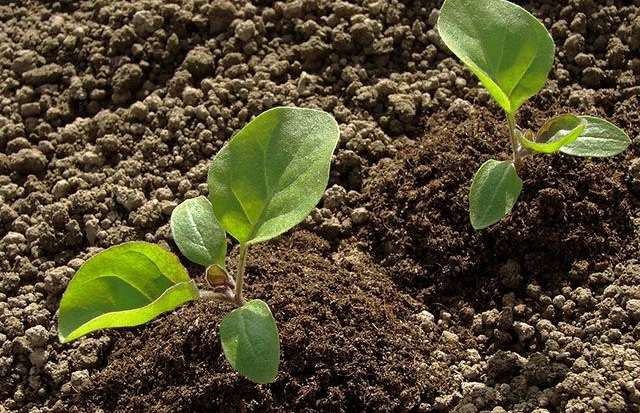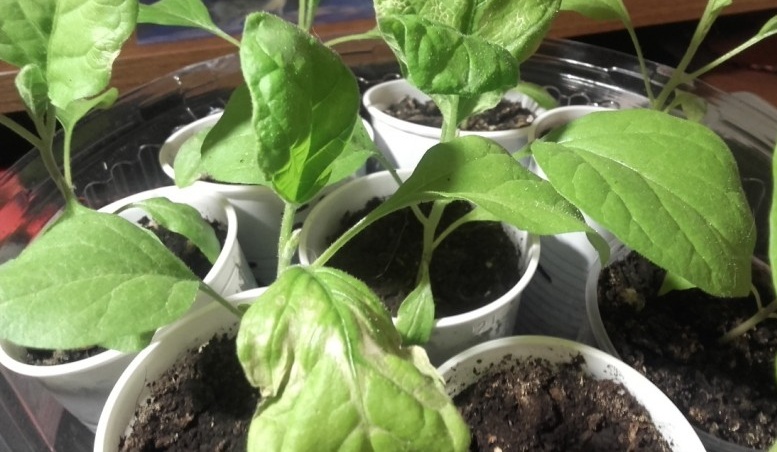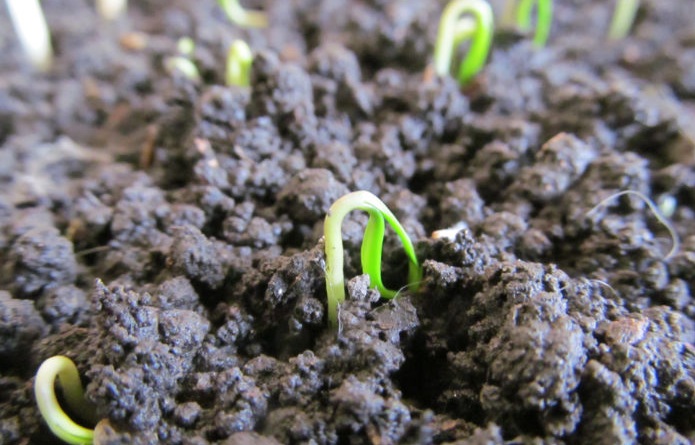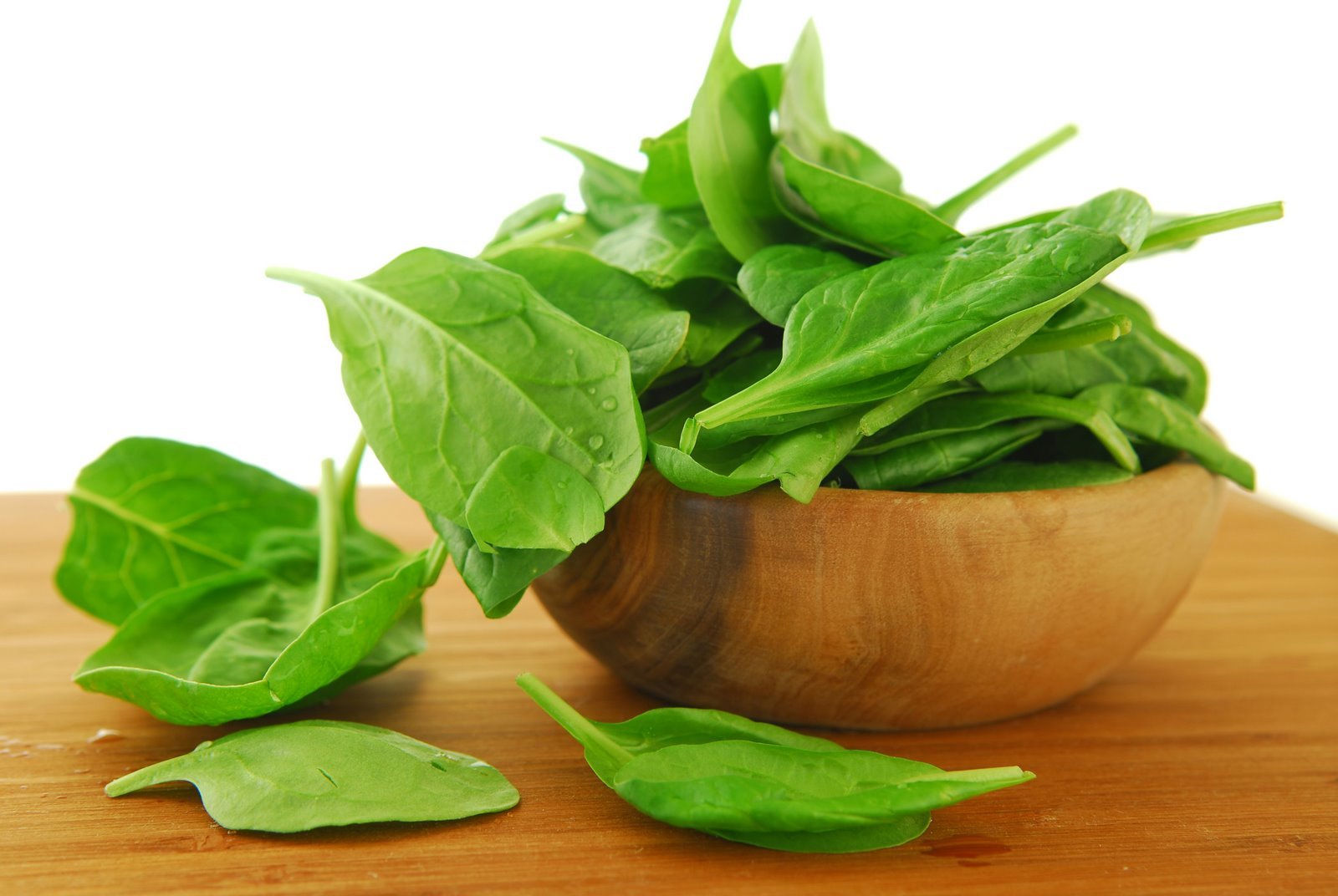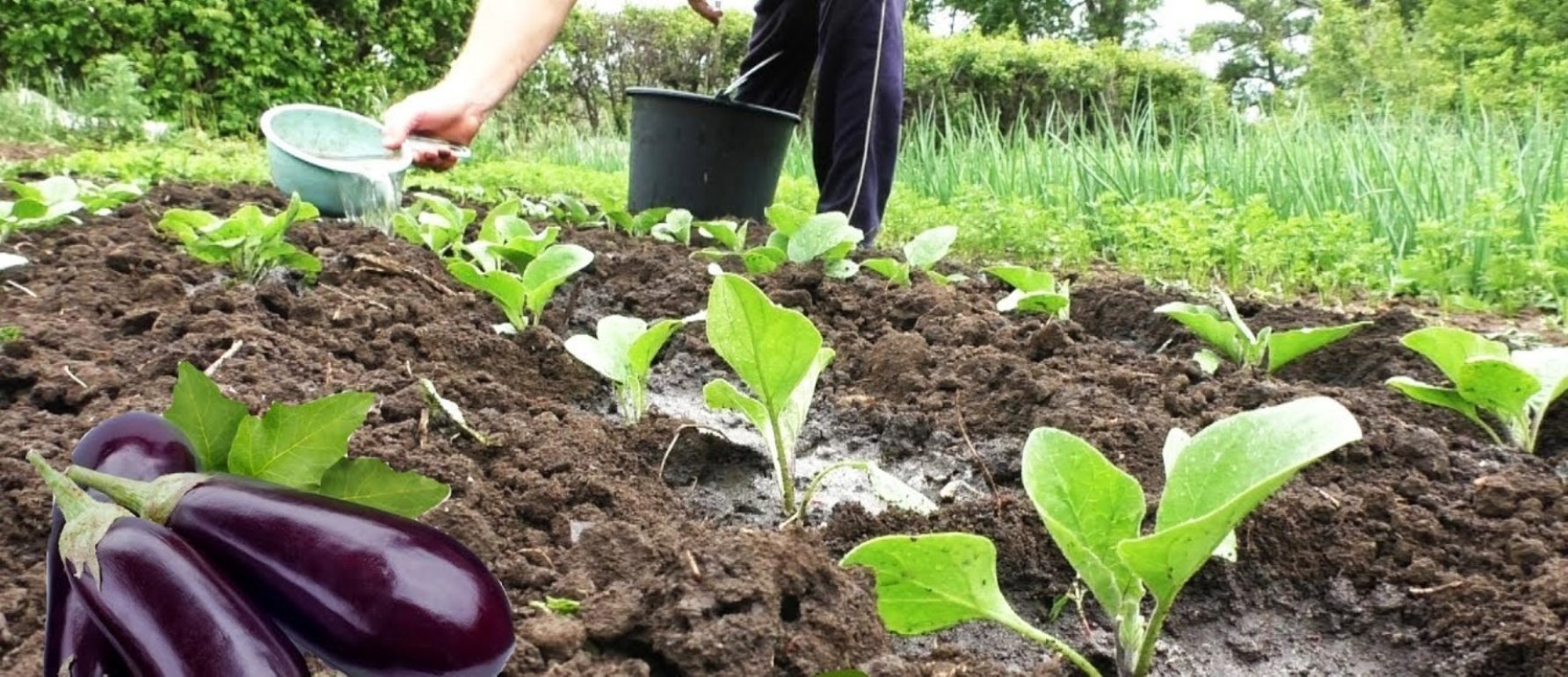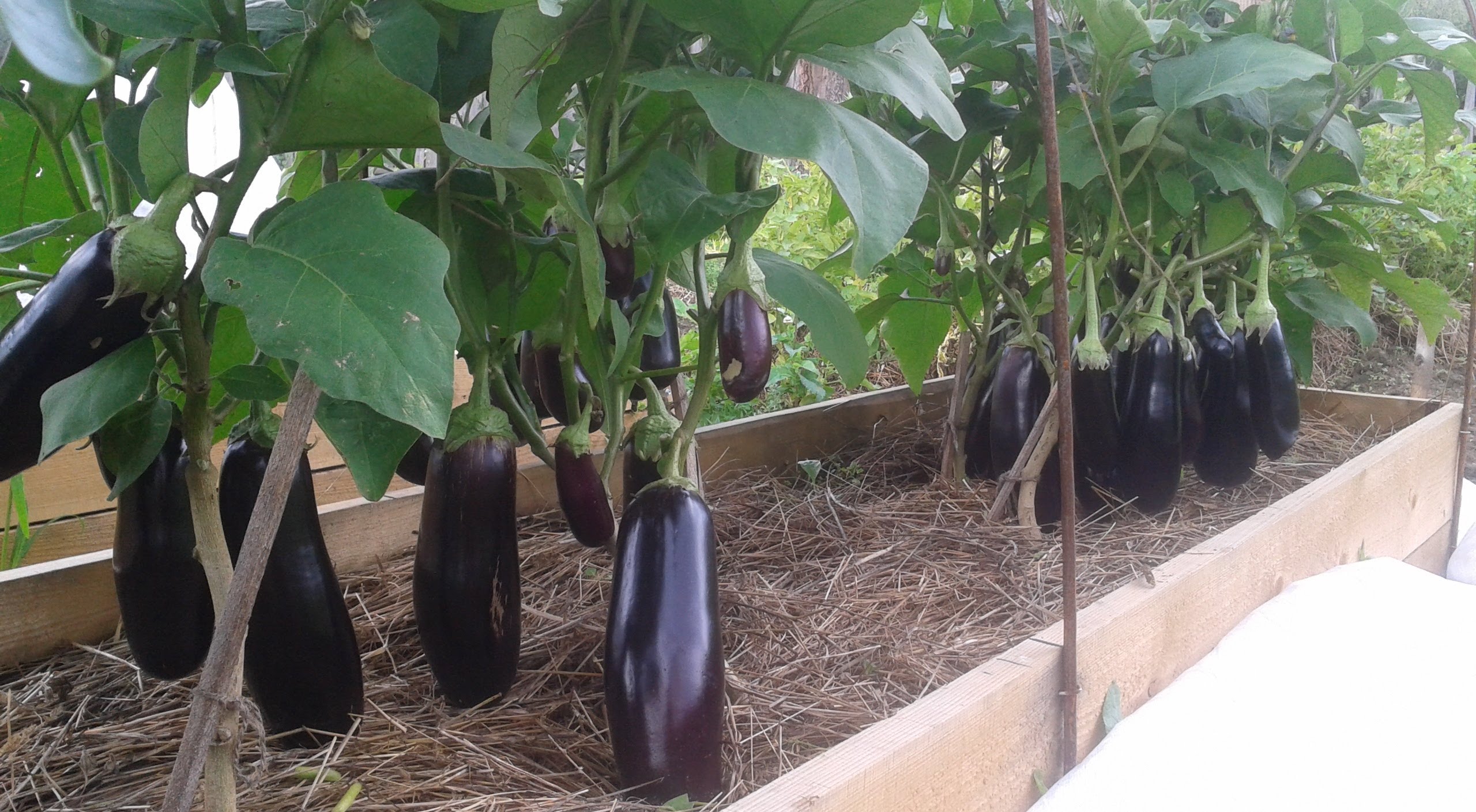Content:
Eggplant is an interesting vegetable that is used to make delicious meals. The only thing that many summer residents do not like is the difficulty of growing crops, especially in the open field. But you can achieve a good harvest if you follow all the requirements of agricultural technology. How to grow eggplants at home to get good results? The step-by-step instructions in this article will answer this question.
Choosing the right place
In the place where it is planned to plant eggplants, predecessors from the Solanaceae family should not grow earlier. Such plants can grow back in the same place only after 3-4 years. Preference should be given to the beds on which they were grown in the previous year:
- cucumbers;
- cabbage;
- peas.
First you need to carefully study what eggplants love. These are heat-loving and light-loving plants, therefore, you should choose exclusively the southern side for the formation of beds. This culture is afraid of the winds, so the designated area must be protected. For example, with:
- garden plantings (tree line);
- buildings;
- artificial barrier (polycarbonate).
How to plant a crop correctly
Eggplant is a very capricious culture. To get a good harvest, this vegetable must be germinated at home or in a greenhouse before planting in open ground.
Landing dates
Before transplanting into open ground, seedlings need to be grown for 55-60 days. Sowing seeds in regions with a warm climate should be started from the first decade of March, and in the north - a month later. If the crop is intended for cultivation with artificial protection or a greenhouse, the seeds are planted in February.
Seed preparation
First, you need to fill the seeds with water (preferably warm), after 5 minutes the remaining ones on top must be removed, since they are unsuitable for planting - the ability to germinate is lost. The rest are washed in water at a temperature of 50-52 degrees. After that, they should be kept in hot water for 30 minutes and in cold water for 3 minutes. After such a procedure, the seeds must be placed in a 1.5% solution of potassium permanganate for disinfection for 20 minutes, then rinsed with running water and dried.
Without fail, after hardening and preventive actions, the planting material must be fed. To do this, the seeds are placed in warm water with top dressing, which you can prepare yourself. But this requires a clear calculation of the proportions so as not to oversaturate the material. It is best to use ready-made mixtures or fertilizers such as succinic acid, ivy or sodium humate.
The seeds are placed on a saucer or container, the bottom of which is covered with a damp natural cloth. All this is closed with a rag and placed in a warm place with a temperature of at least 25 C, if necessary, humidification with water is carried out. When seedlings appear, the seed is planted in a container.
Soil preparation
For planting, you can use ready-made soil mixtures that are sold in stores. And also soil from the garden, mixed with sand and fed with ash, urea or superphosphate, is suitable. The temperature of the soil should be at least 25 C. For disinfection, the soil is calcined in the oven for 45 minutes.
Planting seeds
Drainage or sawdust is placed in boxes, cups or other containers, soil is on top. After that, it is moistened and a seed is inserted into each separate container to a depth of 1.5 cm.It should be remembered to remove excess moisture and air flow into the soil - for this you need to make holes at the bottom of the container. The distance between the seeds in the box should be at least 5 cm. If they are sown in cassettes, then one seed should be put on each layer of the earth, pouring a half-centimeter layer of soil. For quick germination, the container is covered with foil until shoots appear. Any other covering material can be used.
Eggplant: planting and caring for the beds
Requires three times hydration per day for the first 3 days after the emergence of sprouts. Further, moderate watering with water at room temperature every 4 days. It is important to avoid flooding as this can lead to the death of the seedling.
How to care for eggplants at the very beginning of their growth? For the uniform and correct development of young plants, it is necessary to provide 12 hours of lighting per day, resorting to the help of lamps in the dark. To prevent stretching, you need to turn the shoots towards the lamp or the sun 2 times a week.
The optimum room temperature is 17-25 degrees, with the exception of two weeks from the start of planting. In the first 7 days, when the root system is formed, it is necessary to harden the plant a little, maintaining a 17-degree temperature during the day and 14-degree at night. In the second week, it should be 25-27 degrees, and at night - 15 degrees. A few weeks before transplanting into open ground, you can begin to take seedlings out into the street, balcony, or put them near an open window, gradually increasing the time. It should be borne in mind that the outside air temperature must be at least 15 degrees.
Top dressing of seedlings is carried out 2 times. The first is carried out 7-10 days after the emergence of sprouts, the second - after 10 days after the previous one. To do this, you can use a weak urea solution, a 10% aqueous solution of a mullein, or a 6-day infusion of tea leaves (1 cup / 3 liters of hot water), as well as other ready-made preparations sold in stores.
Picking
Seedlings are picked after the appearance of 2 leaves. Water the soil well before the procedure. Each plant is taken out with the ground, placed in a large container, pressed to the ground, filled with earth strictly to the leaves, watered and darkened for several days. The plant should be watered every 5-7 days, starting 6 days after planting.
Transfer
For transplanting into open ground, plants that have reached 20 cm in height and have at least 6 leaves are suitable. To prevent the appearance of fungus, 5 days before planting, it is required to process the seedlings with a 0.5% solution of copper sulfate.
Landing scheme
Each gardener may have his own scheme, but the recommended distance between the rows is 60-65 cm, between the bushes themselves - 35-40 cm. It is better to plant grown eggplants in a checkerboard pattern so that they do not shade each other.
Eggplant: growing and care in the open field
What to do when the seedlings are already in the beds and how to achieve a good harvest? First of all, we must not forget about the land in which the culture grows. Open field eggplant care is not only about loosening and fertilizing the soil. During the season, it is necessary to do 3 or 4 fertilizing with phosphorus and organic fertilizers. You can use rotted manure at the rate of 3-4 kg per square meter.
It is necessary to water the eggplants 1-2 times a week with settled heated water, and in hot weather - daily. After the seedlings have grown to about 30 centimeters, the top of the bush must be removed. Of the lateral shoots, you need to leave the strongest, and remove the rest.
Examples of groundbaits
- For ten liters of water, 30 grams of superphosphate and 30 grams of potassium nitrate are taken. Everything mixes well and is brought to a volume of 50 liters. Under one bush, it is necessary to apply a certain dose of fertilizer - from 700 to 900 milliliters of solution.
- Take 1 liter of mullein infusion, mix with 0.5 liters of pre-steamed nettle leaves, diluted wood ash and ten liters of settled water are also added here. The solution is placed in a dark place for 5-6 days. It is advisable to strain it before watering.
Bush formation. Scheme
The correct bush should consist of 2-3 strong shoots, which must be tied up so that the sun hits the flowers. If you start forming at a young age, you can leave 3 shoots. If you start this business later, then the number of leading shoots should be reduced. This is necessary so that the plant does not expend energy on its development, but forms fruits.
Disease prevention
It is important to treat the plant and soil with fungicidal preparations to avoid the appearance of fungus. The main causes of problems with growing eggplants are bacterial as well as viral diseases:
- mosaics (cucumber, tobacco, ordinary);
- stolbur;
- spotting;
- necrosis;
- rot (white and gray);
- blackleg;
- late blight.
This is a list of the main eggplant diseases that appear as a result of violation of agricultural practices. Preventive actions will help make plant maintenance easier. It all starts with preparing the seeds for sowing (hardening is described above). The material must be pickled immediately before sowing. To do this, he is immersed in a solution of potassium permanganate (pale color) for 20-25 minutes. Additionally, mail should be processed (heating in the oven and treatment with drugs).
Experienced gardening tips
Several tips for gardeners on how to grow eggplant. It is most preferable to plant young eggplants in cloudy weather or in the late afternoon. The planting time that suits best is the beginning of bud formation, the approximate age is two months.
Before planting, the seedlings are watered and freed from the containers where they germinated. The dimples are abundantly filled with warm water and the plant is carefully lowered into them. It is necessary to cover the remaining space with earth and compact with your hands. Then water again and top with a layer of peat or soil. It is not necessary to deeply deepen the plants, only up to a couple of the first leaves. The beds should be protected from the sun for several days, creating a light shade so that the plants can more easily bear the stress of replanting.
Drip-irrigated eggplant growing patterns are also slightly different. 1 drip tape is used if the beds are narrow, 2 drip tapes are placed on the sides of the middle row.
That's all you need to know about how to properly grow eggplants to get a big and tasty harvest.

